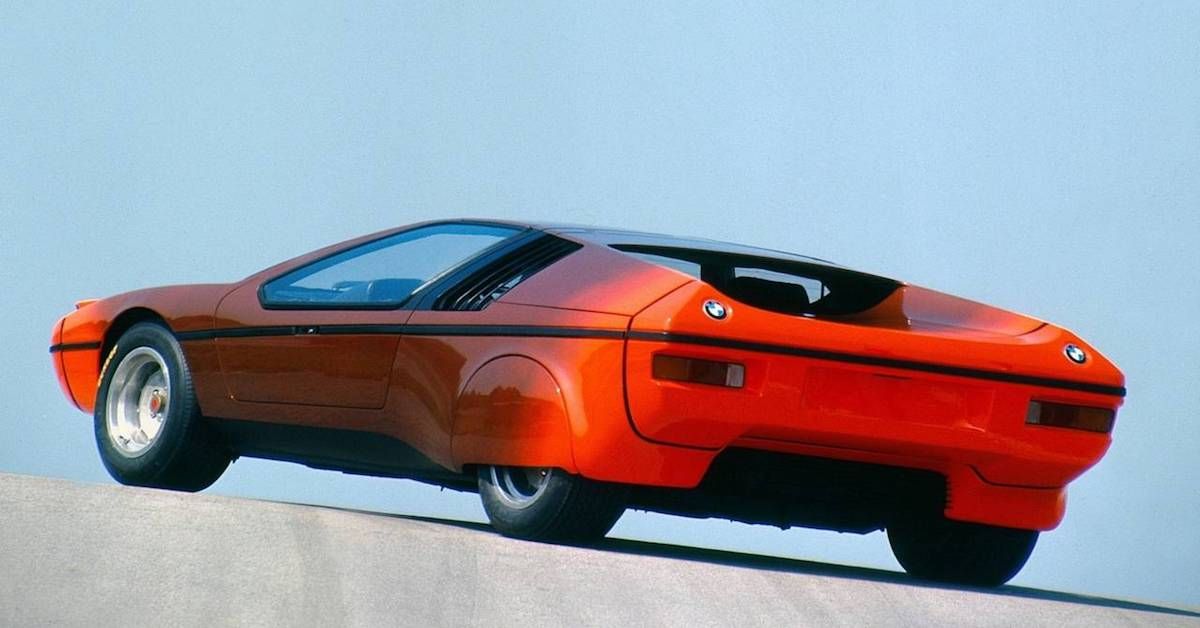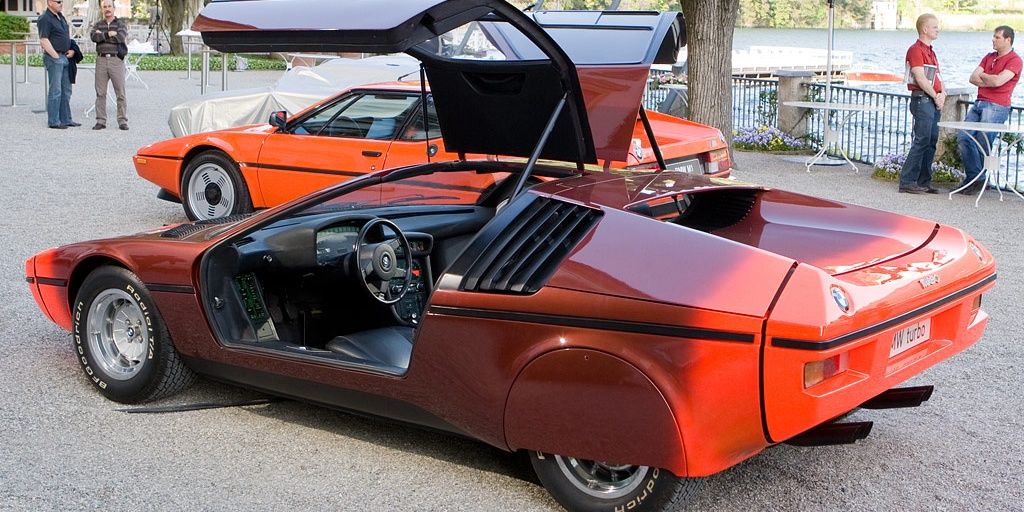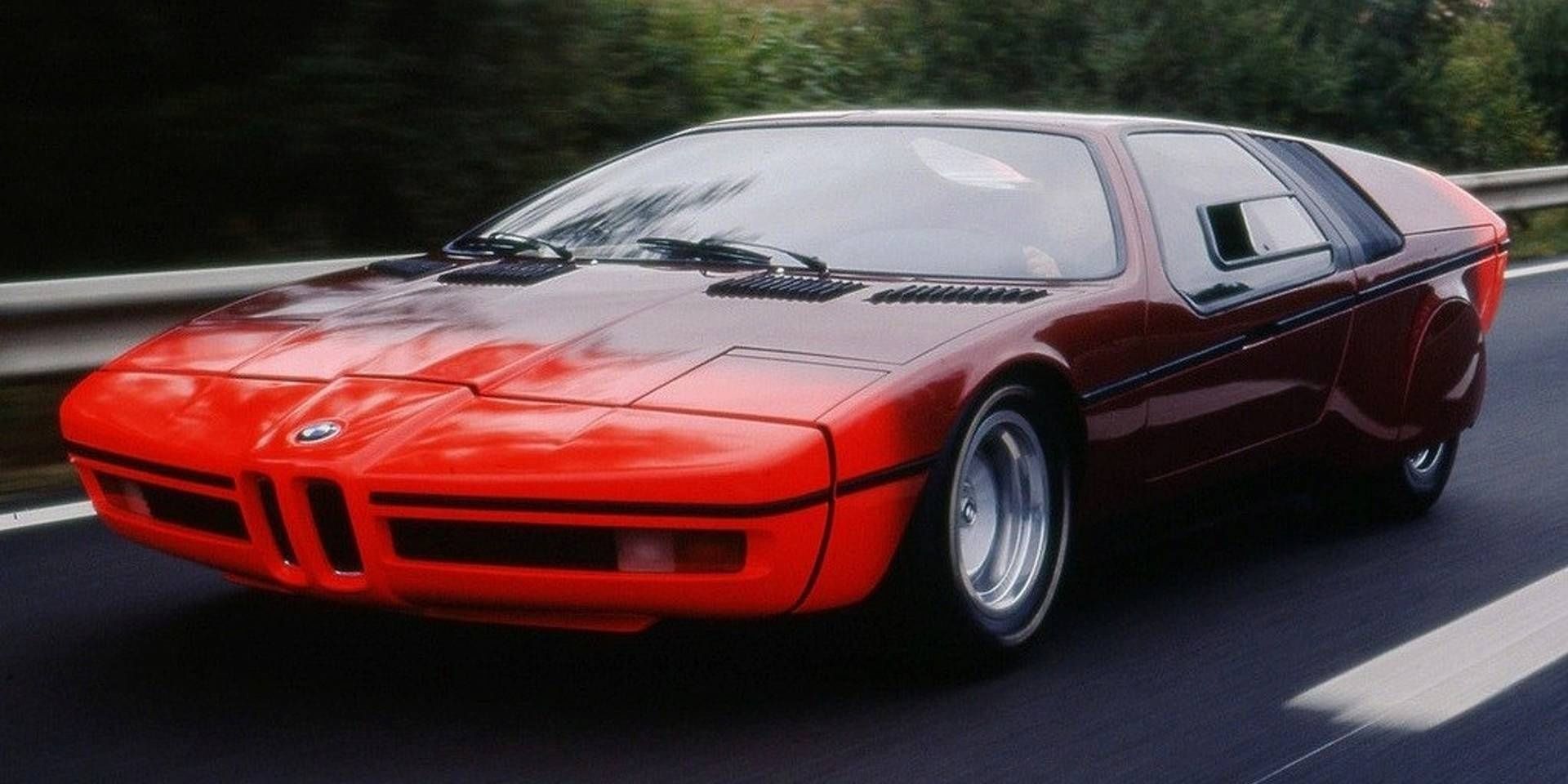If you would like to sum up the BMW E25 Concept, you would say it was a car of 'firsts'. First BMW concept car. First BMW to feature its driver-orientated cockpit design which features in all its cars up to the present day. First turbo BMW and testbed for the 2002 Turbo, the first European turbo production car.
Despite its stunning looks and performance potential, the E25 was developed to show BMW’s developments in car safety. The timing was crucial, the US made car safety regulations more stringent, manufacturers struggled to keep up with these while keeping the car from looking abnormal.
Let's take a walk back in time and see just how special this BMW Turbo was.
The Beautiful Bodywork
The stunning Paul Bracq designed body still looks good today, unveiled at the Paris Motor Show in October 1972, you can see the inspiration for the M1 supercar in its flanks. BMW fitted it with the 2.0-liter four-cylinder from the 2002 road car and strapped a turbocharger to it. This engine development went on to feature in the 2002 Turbo road car.
A case in point is the MGB, once a beautiful British sports car, it morphed into a gormless plastic bumper-ed mess due to these very safety regulations. BMW’s solution was far more elegant: foam-filled structures front and rear gave the car the impact absorption it needed, while not negatively affecting the styling. It featured an integrated roll cage, collapsible steering column, and radar-based braking distance warning, it seems it would have been revolutionary when launched, but some of the technology featured in the E25 Turbo didn't become widespread until years later. It even had an anti-lock braking system!
Although the wedge shape and gull-wing doors are typical of the era, Bracq made the E25 look recognizably BMW with the subtle but iconic kidney grille and rear badges on either side of the car which later featured on the M1 supercar. Many people expected the E25 Turbo to become a production model however this never came to be. The design of the car still lived on though in the visually similar BMW M1, mechanically however the M1 featured a Paul Rosche designed straight-six. Not only the M1, but the Z1 and E31 8 series have design cues from the E25 Turbo.
The Insane Mechanicals
The E25 featured foam-filled bumpers and proved to the world, safety doesn’t have to be ugly. The chassis development was done in Italy by Michelotti. They shortened the BMW 2002 platform by around 100mm in wheelbase and modified it to fit the engine in the middle. The track was 1,550mm front and 1,530mm rear. The motor was a turbocharged M10 unit, which featured an iron block and alloy head, mounted transversely it drove the rear wheels. The compression ratio was reduced from 9.5:1 to 6.8:1. A KKK BLD turbo pushed in the air and Kugelfischer mechanical fuel injection featuring integrated boost enrichment supplied the fuel. The engine produced 200hp at 7100rpm, the gearbox was from Getrag, and the limited-slip differential from ZF. But all of these incredible features made the Turbo the is the Grand-daddy of BMW performance cars, and it will go down in history as one of the best BMWs ever made.



